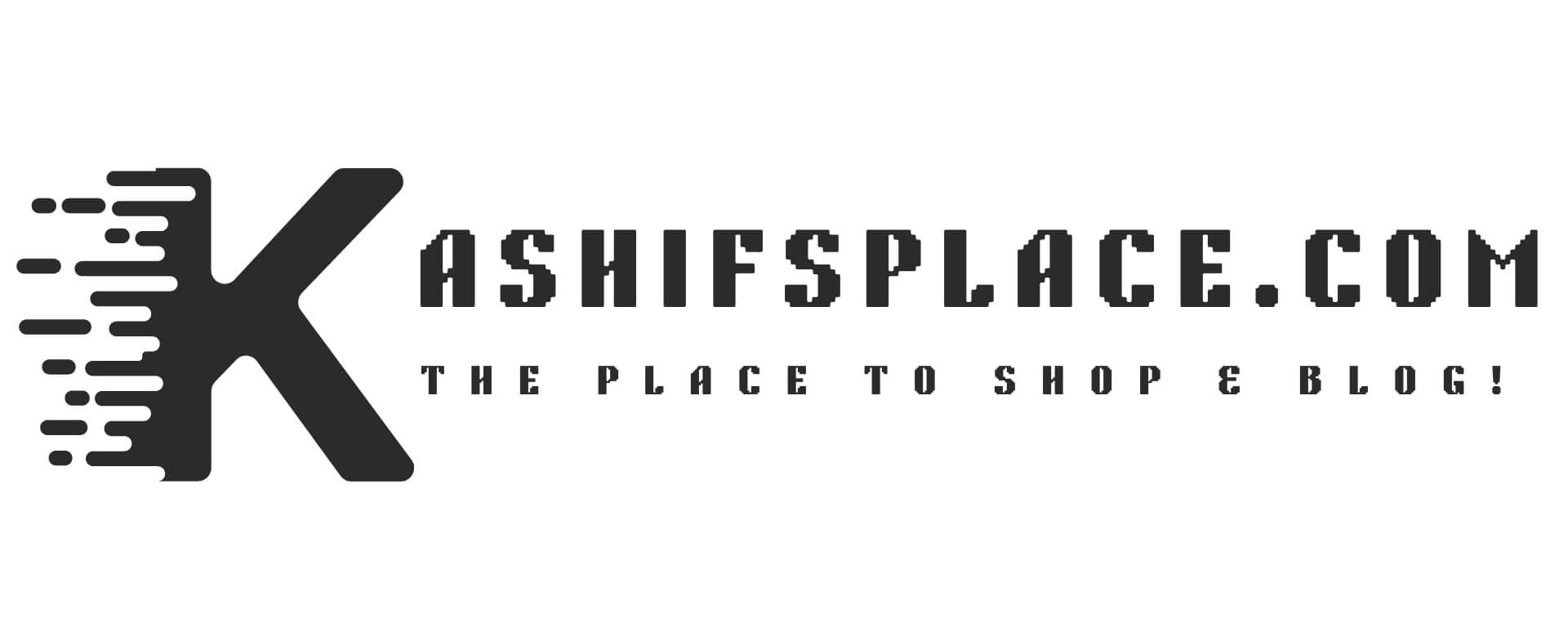The blogosphere is an ever-evolving space, teeming with opportunities and challenges alike. Attracting and retaining readers requires precisely blending creativity, technical skills, and understanding your audience. This comprehensive guide will walk you through creating engaging blog posts that can build and sustain a robust readership.
Understanding Your Target Audience
Understanding your target audience is critical to creating content that truly resonates. It involves identifying your ideal reader, understanding their expectations, and conducting market research to deliver compelling content. Grasping these elements allows you to tailor your content, promoting loyalty and consistent engagement.
Identifying Your Ideal Reader
Knowing who your ideal reader is, is the cornerstone of every successful blog post. To identify your ideal reader, envision who would derive the most value from your blog post. This persona, determined by their interests, demographic attributes, and needs, will guide your content creation efforts and tone of writing.
Understanding Reader Expectations
Understanding the expectations of your readers is critical. What are they hoping to gain from your content? Information, entertainment, or both? Identifying these expectations can help tailor your content to meet their needs, fostering loyalty and consistent engagement.
Conducting Market Research for Content Creation
Market research aids in uncovering what your audience truly craves. Through surveys, focus groups, and analyzing your competition, you can pinpoint gaps in content, delivering what your readers want and need.
Crafting Compelling Headlines
Crafting compelling headlines is an art that can significantly boost your blog’s readership. It involves understanding the importance of eye-catching headlines, learning various techniques to write engaging ones, and effectively using SEO strategies. A captivating headline acts as a hook, drawing readers into your content and piquing their curiosity.
Importance of Eye-catching Headlines
The power of an eye-catching headline cannot be overstated. It’s your blog post’s first impression, the hook that captures readers’ attention, compelling them to delve into your content.
Techniques to Write Engaging Headlines
Engaging headlines are clear, concise, and captivating. They tease the content without giving everything away and often incorporate power words or numbers for added intrigue. A/B testing can help identify what works best for your audience.
Using SEO Strategies for Better Headlines
Incorporating relevant keywords in your headlines boosts your blog’s visibility on search engine results, attracting more readers. However, balance SEO optimization and readability to ensure your headlines remain engaging.
Developing Interesting Content
Developing exciting content is the crux of any engaging blog post. It involves leveraging storytelling techniques, incorporating factual data and case studies, and balancing information and entertainment. It ensures your content is informative, captivating, and relatable, leading to greater reader engagement and loyalty.
Using Storytelling in Blog Posts
Storytelling has the power to captivate readers. Incorporate personal anecdotes, paint vivid images through your words, and build a narrative around the topic to engage your readers emotionally.
Incorporating Data and Case Studies
Data and case studies lend credibility to your blog posts. They provide concrete proof of your assertions, reassuring readers of your expertise and reliability.
Balancing Information and Entertainment
Striking a balance between being informative and entertaining can take time and effort. But remember that you’re not just providing information; you’re telling a story. Your tone, style, and language should engage your readers, making the learning process enjoyable.
Implementing Visuals and Multimedia
Implementing visuals and multimedia in your blog posts is a powerful way to boost engagement. By understanding the impact of visual content, choosing relevant images and videos, and creating infographics and interactive content, you can break up the text, enhance comprehension, and make your content more shareable on social media platforms.
Impact of Visual Content on Engagement
Visual content greatly enhances reader engagement. It breaks up long chunks of text, aids comprehension, and increases the shareability of your blog post on social media platforms.
Choosing Relevant Images and Videos
Images and videos used should align with your content. They should support, illustrate, or enhance your points, creating a more immersive and engaging reading experience.
Creating Infographics and Interactive Content
Infographics are a powerful way of presenting data visually. At the same time, interactive content such as quizzes and polls can engage readers deeper, encouraging them to interact with your blog post.
Implementing Search Engine Optimization (SEO)
Implementing Search Engine Optimization (SEO) is crucial for enhancing the visibility of your blog posts. By mastering SEO basics, conducting effective keyword research, and optimizing metadata, you can improve your blog’s search engine ranking, attracting more organic traffic and growing your readership.
Basics of SEO for Blogging
SEO involves optimizing your blog posts to rank higher on search engine results pages. It includes keyword optimization, using meta tags, and creating quality backlinks.
Keyword Research and Implementation
Identifying and strategically using relevant keywords in your blog post can significantly improve its visibility. Tools like Google Keyword Planner can help find keywords pertinent to your topic.
Optimizing Metadata for Better Searchability
Optimizing metadata, including meta descriptions and title tags, gives search engines more information about your blog post, improving its visibility and click-through rate.
Engaging with Your Readers
Engaging with your readers fosters a sense of community and encourages loyalty. It involves building a relationship through comments, interacting on social media, and promoting reader participation and user-generated content. These interactive strategies can enhance reader engagement and foster a thriving digital community.
Building a Community Through Comments
Encourage your readers to leave comments and take the time to reply. It fosters community and shows readers that their input is valued.
Interacting with Readers on Social Media
Promote your blog on social media, and engage with your readers. Reply to comments, share user-generated content, and be present in your digital community.
Encouraging Reader Participation and User-Generated Content
Encourage your readers to participate by asking for their opinions or featuring user-generated content. It fosters loyalty and enhances engagement.
Consistency and Regularity in Blogging
Consistency and regularity in blogging are crucial to retaining your readership and maintaining your blog’s relevance. By establishing a content calendar, maintaining quality amidst regular postings, and updating old blog posts, you can provide a steady stream of fresh, relevant content that keeps your audience engaged and returning for more.
Establishing a Content Calendar
A content calendar helps maintain consistency and regularity in your blog posts. Plan your topics ahead of time and ensure that you publish regularly to keep your readers engaged and coming back for more.
Maintaining Quality While Being Regular
While regularity is essential, quality should always be maintained. Invest time in creating compelling, well-researched content. A rush job can deter readers and harm your blog’s reputation.
Importance of Updating Old Blog Posts
Regularly revisit old blog posts. Update them with new data, new developments, or improve SEO. This practice keeps your blog relevant and improves its ranking.
Analyzing and Improving Blog Performance
Analyzing and improving blog performance is critical to your blog’s success and growth. By utilizing analytics, understanding key blogging metrics, and incorporating reader feedback, you can gain invaluable insights into your blog’s performance, fine-tune your strategy, and continuously enhance the appeal and engagement of your blog.
Utilizing Analytics for Blog Improvement
Analytics provide invaluable insights into your blog’s performance. Use them to identify what’s working, what isn’t, and what can be improved. Adjust your strategy based on these insights.
Understanding Key Blogging Metrics
Key metrics like page views, bounce rate, time spent on a page, and social shares can tell you a lot about your blog’s performance. Understand what these metrics signify to measure your blog’s success better.
Incorporating Reader Feedback for Enhancement
Feedback from your readers can be a goldmine of insights. Actively seek and incorporate it to enhance your blog’s appeal and engagement.
FAQs
What is the importance of SEO in blogging?
SEO helps improve your blog’s visibility on search engines, driving more organic traffic and improving the likelihood of attracting and retaining readers.
How can one effectively balance information and entertainment in a blog post?
It involves using an engaging tone and style, incorporating storytelling techniques, and breaking complex information into digestible, enjoyable content.
Why is it necessary to update old blog posts?
Updating old posts keeps your blog relevant, boosts SEO, and shows that you’re committed to providing readers with accurate, up-to-date information.
Conclusion
Creating engaging blog posts that attract and retain readers involves understanding your audience, crafting compelling headlines and content, incorporating visuals, implementing SEO, interacting with your readers, maintaining consistency, and analyzing performance for continual improvement. It’s a complex but rewarding process that can significantly bolster your blog’s success and reputation in the long run.






























